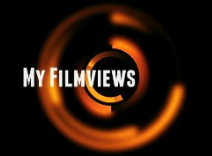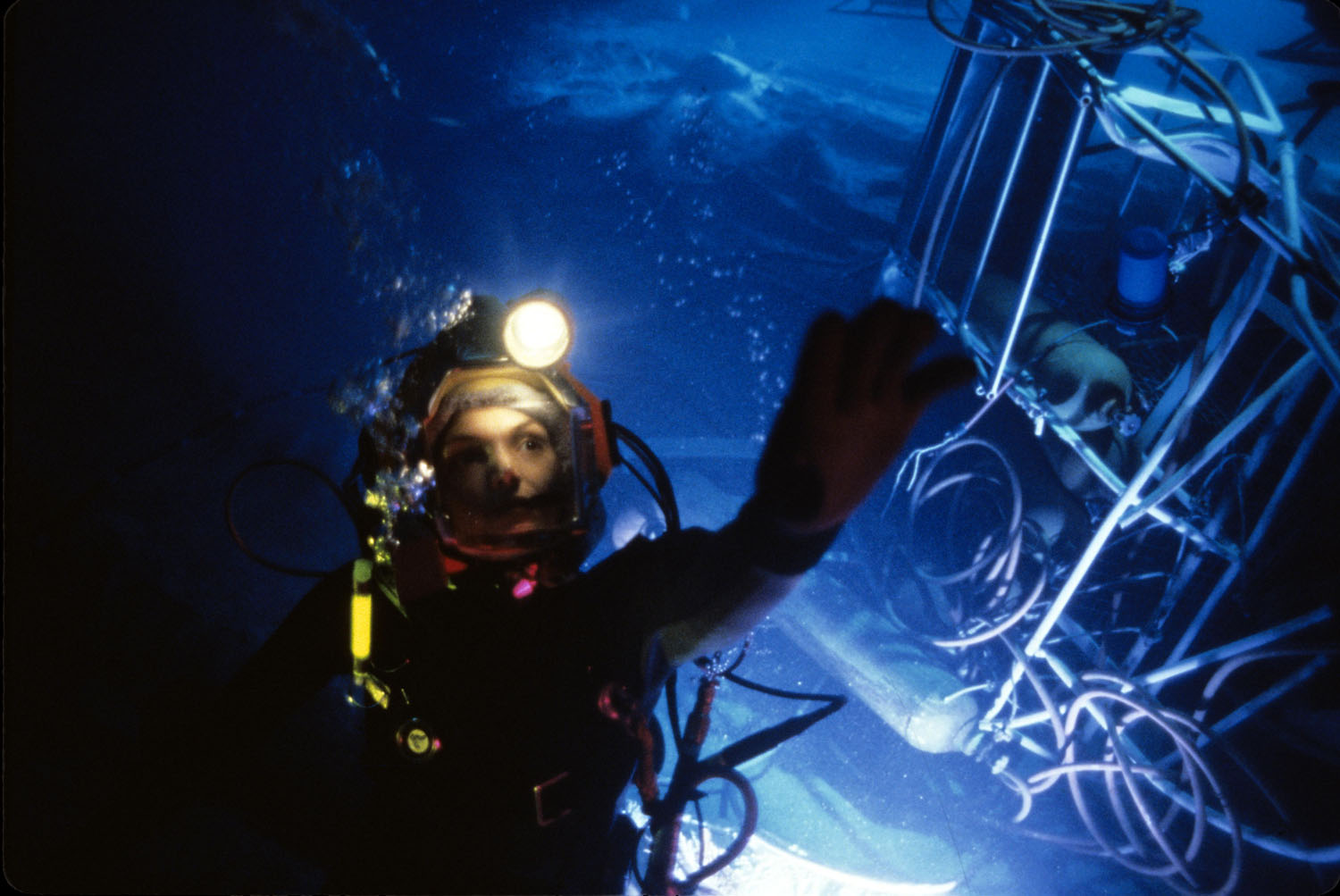This weekend I asked on Twitter if anyone was interested in doing a guest review on this blog. Liam Underwood was soon to respond and has selected Låt den rätte komma in (Let The Right One In). If you are also interested in a review you wrote appearing hit the Contact link at the top. I want to thank Liam for writing this excellent review, makes me want to see this film as soon as I can.

Vampires have an extremely sexualized romantic history on-screen, and they are currently experiencing somewhat of a resurgence. Despite their ugly origins with ‘Nosferatu (Nosferatu, eine Symphonie des Grauens) (Murnau, 1922)’ – a bald-headed creature with bat-like features – the screen vampire is often depicted as dashing charming creatures of the night with a certain allure to them.
From Bela Lugosi in ‘Dracula (Browning, 1931)’ to the iconic imposing Christopher Lee in Hammer’s ‘Dracula (Fisher, 1958)’ offering, the Count is perhaps the most famous screen vampire. The 80s saw vampires as sexed up party animals with ‘The Lost Boys (Schumacher, 1987)’ and the criminally overlooked ‘Near Dark (Bigelow, 1987)’ – this portrayal still glamourised the vampire lifestyle. Most recently, vampires have become heart-throb sparkly sex symbols, thanks to their idolised depiction in ‘Twilight (Hardwicke, 2008)’. But vampires are rarely grounded in reality, either situated in a gothic or fantastical context. Until now. Continue reading →










